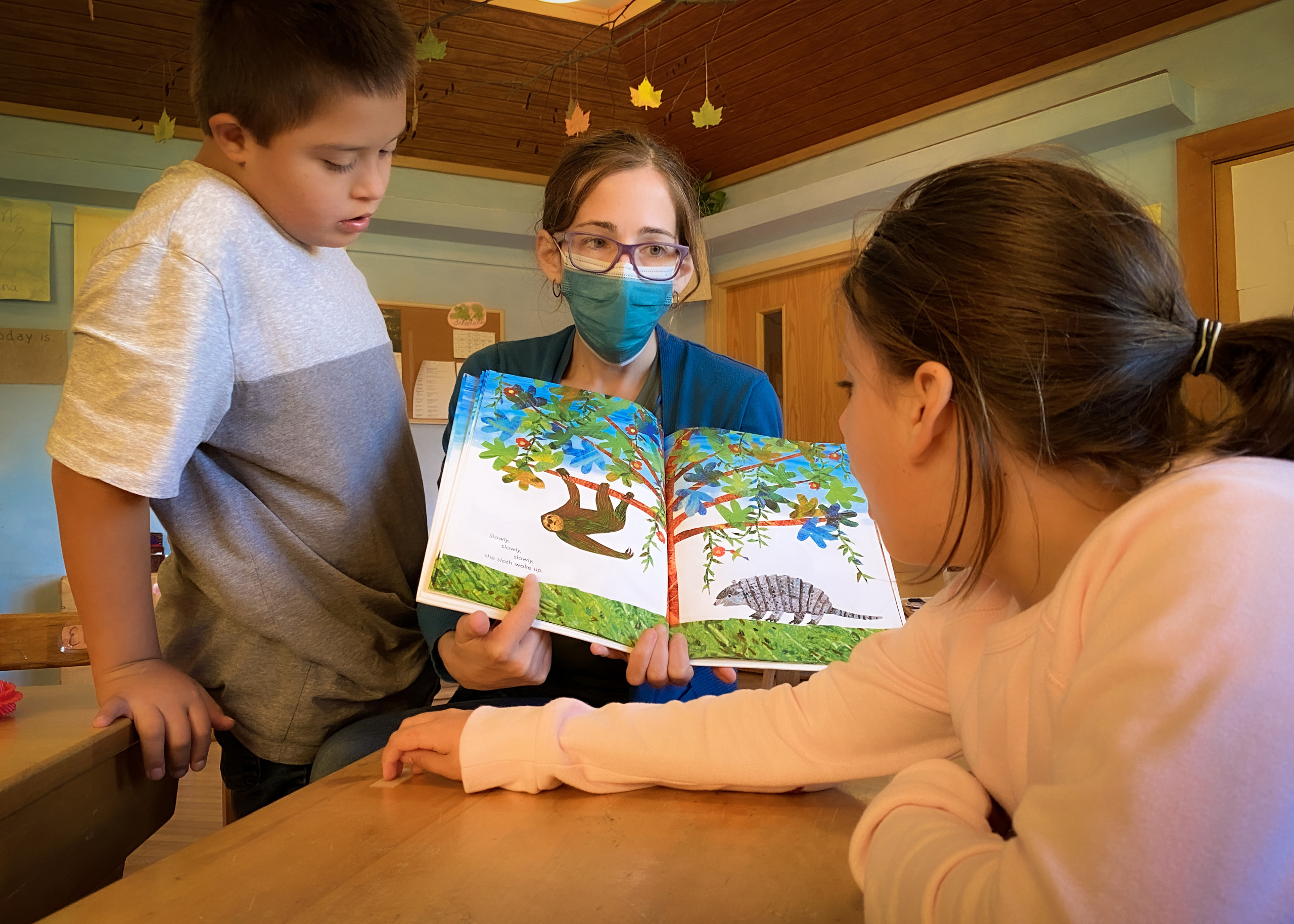The Three Essentials: Our Work Takes Root

In 1965, Karl Koenig wrote an essay known as “The Three Essentials” of Camphill. Koenig’s “three essentials” were his attempt to articulate that special “something” that made Camphill different from other schools and boarding homes for children with special needs.
The “three essentials” are things we can readily acknowledge and easily understand:
- Everyone must be treated with dignity and respect
- Teachers must cultivate their own inner creativity as a path of self-education in order to help their students grow and flourish
- The community in which our work takes place must be cared for and nurtured.
While these three may seem, on their face, to be rather straightforward, how do these essentials show up in the daily life of a community like The Camphill School at Beaver Run and Beaver Farm?
Another way of asking this question is just what do we mean when we say that something is “essential?” There are two ways of understanding this substantial word, both of which we need to understand in getting closer to what the “Three Essentials” might offer for us today. In the first way, we think of “essentials” as necessary ingredients or components, with the implication that other components are, well, non-essential. The flower, even the thorn, is “essential” to the rose. The color? Not so much. This understanding of “essential” is reductive. Reducing a thing to its “essentials” is like whittling away at something—a plant, a school, a person—to the point where we can say, “ignore the rest, this one little bit, this is the bit that really matters!” A reductive approach can help us see what is (or what should be) the same across the board. It can help us define a thing, describe what makes a rose a rose and not a daisy, or as Koenig did, distinguish between Camphill and other schools. You can have all sorts of variations, but roses have that distinctive rose flower –whether it is pink or yellow, in the bud or in full bloom, in a garden or in a vase — and that’s the bit that really matters! “A rose by any other name…”
In our daily life the “essential” takes on another meaning altogether. Rather than moving from a place of diversity and difference to the essential, we have to move from the essential towards a place of diversity and difference! This is an expansive approach to the essentials. The essential isn’t where we end up, it’s where we begin. In this instance, what is “essential” about a rose is not the shape of its flower, but rather the fact that you gave this rose, this particular rose, to me! The rose carries with it a whole story, much bigger and more detailed than the fact of its spiraling petals. A rose by any other name might smell as sweet, but no other rose can carry the sweetness of this rose.
As with roses, so too with human beings. While it might be a bit more difficult to imagine, this expansive “essential” is the one we actually live out every day. Take something as seemingly universal as the first essential. It’s one thing to acknowledge the fact that we are all complete, whole, and fundamentally equal human beings. It’s another thing altogether to witness that fact to one another. How we recognize and treat one another with dignity and respect becomes a deeply interpersonal social art, and cannot be reduced to an easy-to-follow set of rules. Treating everyone as a complete, whole, equal human being means, in practice, that I actually need to act quite differently depending on who I am with. This is an important lesson that all of us learn at The Camphill School: there is no single way to be with others, and furthermore, there might not even be a single way to be with this particular person. In truth, there is only my way of being with you, and that is different from how you may need to be with another. The timeless, universal fact of our common humanity, this essential of Camphill, is necessarily lived out in ever-changing, ever-growing, always different, and particular ways.
As Koenig said in his essay, these essentials are ideals insofar as they describe us but also guide us, and thus they might never be fully realized. The three essentials can be understood as characteristics of our school community, as ideals to strive towards, and as the soil in which we grow and in which our work takes root. In this sense, they are realized differently, essentially, every day. It’s no wonder that this little, provisional essay continues to bear so much fruit.